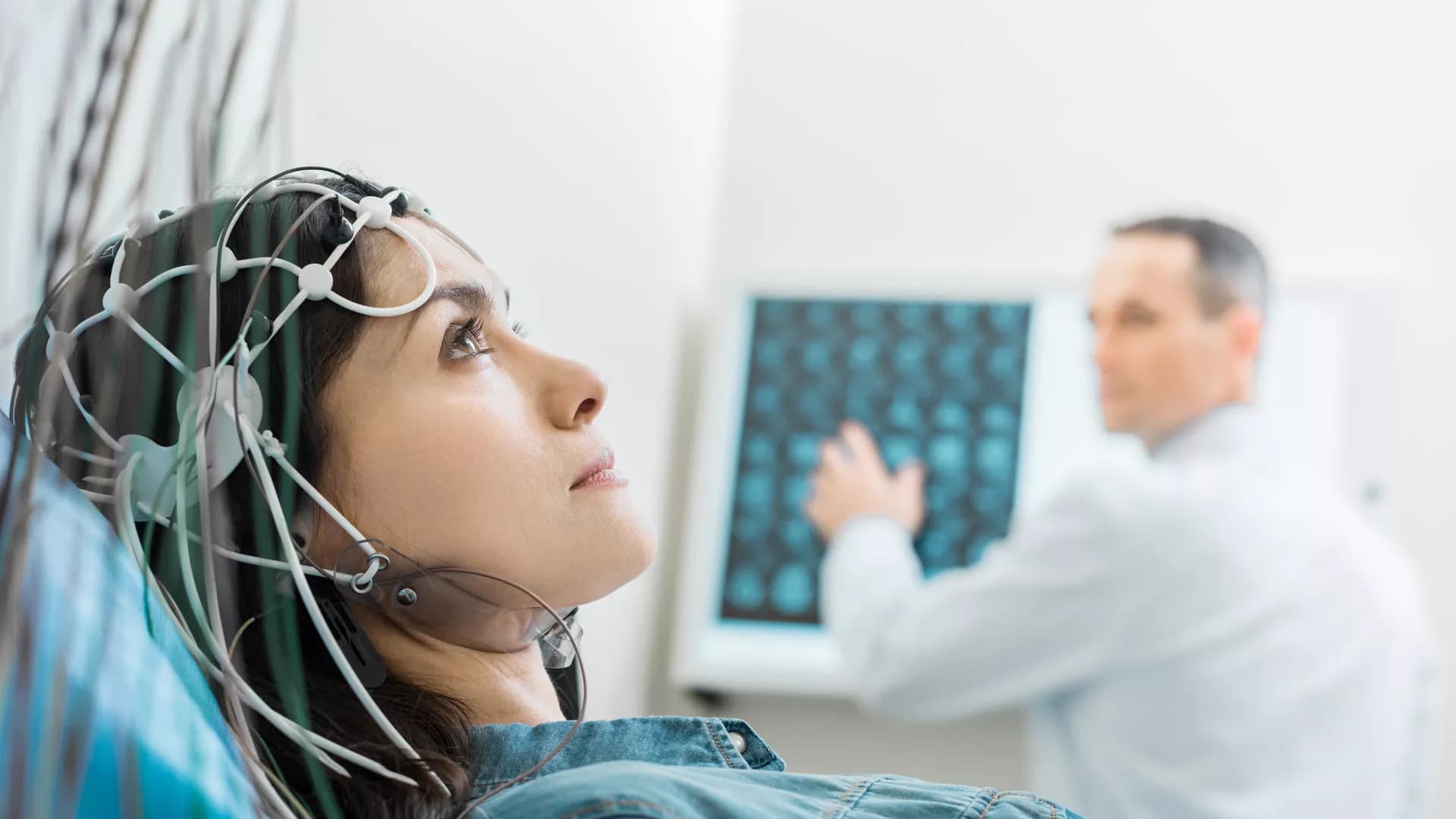Clinical neurologic examination remains the cornerstone of modern neurology. However, it provides rather limited information when facing critically ill neurologic patients, especially those with altered mental status. The underlying mechanisms might include nonconvulsive seizures, cerebral hemodynamic failure, brain edema, delayed cerebral ischemia (DCI), intracranial hypertension, etc.. Most of them are invisible but detectable. Integration of various monitoring and evaluation methods have been applied in neurologic intensive care unit (NICU), to interpret electric, biochemical and physiological changes of the brain into objective data, which help physicians select patients suitable for specific interference, recognize the treatable disorders, assess the response to treatment and prevent secondary injuries. Because some progress has been made lately, it is important for clinicians in NICU to update the concepts and knowledge of multimodality monitoring and evaluation, as well as to explore what is still needed in modern NICU.
In this Research Topic, we welcome manuscripts (including research articles, reviews and inspiring case reports) regarding monitoring methods/techniques and their application in common neurocritical diseases. Of particular interest, the Research Topic will focus on novel noninvasive techniques, multimodality monitoring guided treatment of critical neurological disorders, such as DCI after subarachnoid hemorrhage, brain edema and its clinical significance, especially the evaluation and management before, during and after the endovascular therapy, since a great number of advances have been made on this field in recent years.
We sincerely hope that the manuscripts will broaden the horizon, bring inspirations to the clinicians in NICU. The following topics are particularly encouraged. Other topics related to monitoring for neurocritical care are also welcome.
? Management during and after recanalization: how to control the blood pressure.
? Hemodynamic evaluation for acute large vessel occlusive stroke.
? Neuroimaging guided selection for acute endovascular therapy.
? Multimodality monitoring in modern NICU: what’s new and what’s needed.
? Status epilepticus: etiology, monitoring and treatment in neurocritical care unit.
? Delayed cerebral ischemia in Aneurysmal subarachnoid hemorrhage: mechanisms, evaluation and management.
? Prediction and management of brain edema due to severe neurologic disorders.
? Monitoring Intracranial Pressure for severe neurologic disorders.
? Delirium in neurocritical care
Clinical neurologic examination remains the cornerstone of modern neurology. However, it provides rather limited information when facing critically ill neurologic patients, especially those with altered mental status. The underlying mechanisms might include nonconvulsive seizures, cerebral hemodynamic failure, brain edema, delayed cerebral ischemia (DCI), intracranial hypertension, etc.. Most of them are invisible but detectable. Integration of various monitoring and evaluation methods have been applied in neurologic intensive care unit (NICU), to interpret electric, biochemical and physiological changes of the brain into objective data, which help physicians select patients suitable for specific interference, recognize the treatable disorders, assess the response to treatment and prevent secondary injuries. Because some progress has been made lately, it is important for clinicians in NICU to update the concepts and knowledge of multimodality monitoring and evaluation, as well as to explore what is still needed in modern NICU.
In this Research Topic, we welcome manuscripts (including research articles, reviews and inspiring case reports) regarding monitoring methods/techniques and their application in common neurocritical diseases. Of particular interest, the Research Topic will focus on novel noninvasive techniques, multimodality monitoring guided treatment of critical neurological disorders, such as DCI after subarachnoid hemorrhage, brain edema and its clinical significance, especially the evaluation and management before, during and after the endovascular therapy, since a great number of advances have been made on this field in recent years.
We sincerely hope that the manuscripts will broaden the horizon, bring inspirations to the clinicians in NICU. The following topics are particularly encouraged. Other topics related to monitoring for neurocritical care are also welcome.
? Management during and after recanalization: how to control the blood pressure.
? Hemodynamic evaluation for acute large vessel occlusive stroke.
? Neuroimaging guided selection for acute endovascular therapy.
? Multimodality monitoring in modern NICU: what’s new and what’s needed.
? Status epilepticus: etiology, monitoring and treatment in neurocritical care unit.
? Delayed cerebral ischemia in Aneurysmal subarachnoid hemorrhage: mechanisms, evaluation and management.
? Prediction and management of brain edema due to severe neurologic disorders.
? Monitoring Intracranial Pressure for severe neurologic disorders.
? Delirium in neurocritical care
